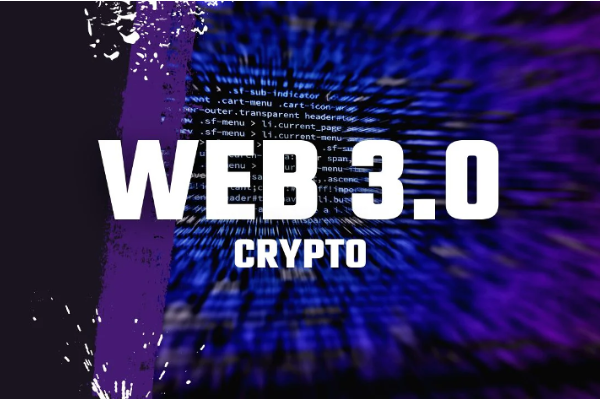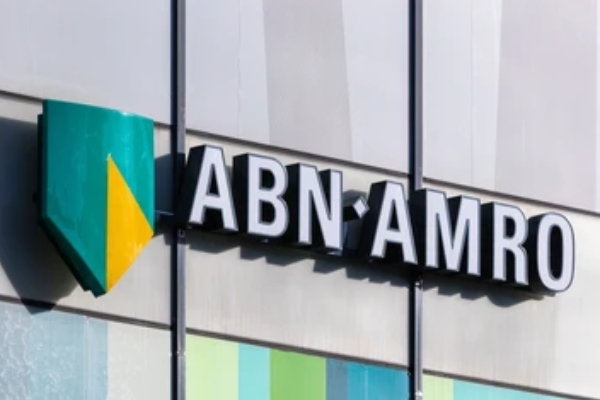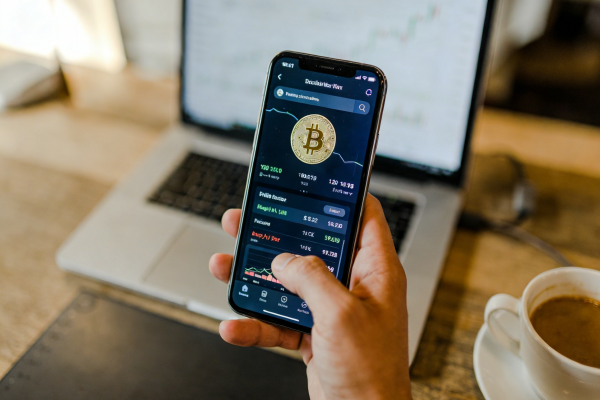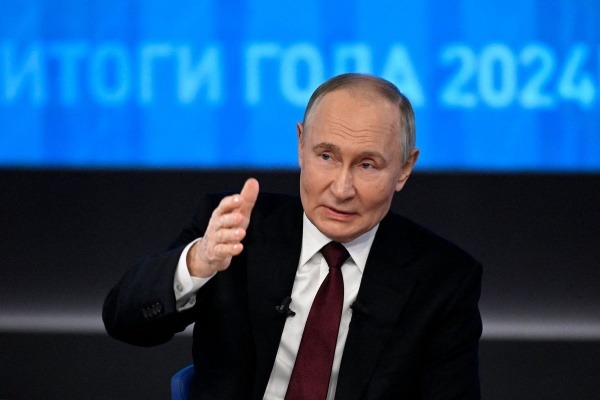History of VC asset bubbles: Why does every new coin seem to return to zero?
The misalignment between VCs and founders is pushing founders to other funding channels.
Altcoins are bleeding — why? Is it because of high FDV, or CEX listing strategies? Should Binance and Coinbase just put their money into new altcoins with TWAP (time-weighted average price)? The real culprit is not new — it all goes back to the 2021 crypto VC bubble.
In this article, I will dissect how we got to this point. In the following articles, I will explore the impact of this phenomenon on projects, liquid markets, possible future trends, and provide some advice for entrepreneurs in the current environment.
ICO Mania (2017-2018)
The crypto industry is inherently a highly liquid industry — projects can issue tokens at any time, and these tokens can represent anything, regardless of their stage. Before 2017, most trading activity took place in the open market, and anyone could buy tokens directly through centralized exchanges.
Then came the ICO (Initial Coin Offering) bubble: an era of wild speculation that was quickly exploited by scammers. It ended like all bubbles: lawsuits, fraud, and regulatory crackdowns. The Securities and Exchange Commission (SEC) stepped in, making ICOs all but illegal. To avoid the U.S. justice system, founders had to find other ways to raise money.
VC Frenzy (2021-2022)
As retail investors were forced out, founders turned to institutional investors. From 2018 to 2020, the crypto VC space grew and expanded—some firms were pure VCs, others were hedge funds that allocated a small portion of their assets under management (AUM) to VC bets. At the time, investing in altcoins was a contrarian move—many believed that these tokens would eventually go to zero.
Then, 2021 came. The bull market sent VC portfolios soaring (at least on paper). By April, many funds had seen returns of 20x or even 100x. Crypto VCs suddenly looked like money-printing machines. Limited partners (LPs) flocked in, eager to ride the next wave. VCs are raising new funds 10x or even 100x larger than their previous ones, confident they can replicate these amazing returns.
There are also some psychological reasons why VCs are so attractive to LPs, which I have detailed in a previous article: The Real Reason There Is More VC Than Liquidity in Crypto
The Hangover (2022-2024): Dilemma and Transformation of Crypto VCs
Then, 2022 came: Luna crashed, 3AC went bankrupt, FTX went out of business — billions of dollars in paper gains vanished overnight.
Contrary to popular belief, most VCs did not cash out at the market highs. They rode the market crash down like everyone else. And now, they face two major problems:
Disappointed Limited Partners (LPs): LPs who once cheered for 100x returns are now demanding an exit as soon as possible, putting pressure on funds to reduce risk and lock in gains early.
Too much money: There is a lot of unspent VC money (dry powder) in the market, but the supply of quality projects is insufficient. Many funds choose to invest money in economically irrational projects instead of returning capital to LPs in order to meet investment thresholds and pave the way for the next round of financing.
Today, most crypto VCs are in a dilemma: unable to raise new funds, holding a bunch of low-quality projects that are destined to develop according to the "high FDV to zero" playbook. Under pressure from LPs, these VCs have transformed from supporters of long-term visions to chasers of short-term exits. They frequently sell large VC-backed tokens (such as alternative L1, L2 and infrastructure tokens) whose high valuations are artificially inflated by themselves.
In other words, the incentive mechanism and time frame of crypto VCs have changed significantly:
2020: VCs are contrarians, short of funds, and focused on long-term development.
2024: VCs become crowded, overfunded, and more short-term.
I think that VC funds in 2021-2023 will mostly perform below expectations. VC returns follow a power-law distribution, with a few winners making up for the majority of losers. But forced early selling breaks this pattern, leading to weaker overall performance.
If you want to learn more about average VC returns, I wrote a previous article about it.
It’s not hard to understand why more and more founders and communities are skeptical of VCs. VC incentives and timelines are misaligned with founders’ goals, and this misalignment is driving the following trends:
Community-driven financing: Projects are more likely to raise funds through community power rather than relying on VCs.
Long-term support liquidity: Liquidity funds are becoming the main force in long-term support for tokens compared to VCs.
Evaluating Liquidity/VC Cycles
It’s critical to track the flow of capital between VC funds and liquid markets. I use a metric to evaluate the state of the VC market. Although it’s not perfect, it’s very valuable for reference.
I assume that VCs will deploy 70% of their funds linearly within three years - this seems to be the trend of most VCs.
VC 3y Linear Deployment Visualization
Based on VC fundraising data provided by @glxyresearch, I apply a weighted sum model, combined with 16 quarters of deployment rates, to estimate the dry powder remaining in the system. In Q4 2022, about $48 billion of VC funding has yet to be deployed. However, as new rounds of fundraising have stalled, this number has at least halved and continues to decline.
VC Unstarted Funding Visualization Chart
Next, I compare the remaining VC funding each quarter to TOTAL2 (the total market value of the crypto market minus Bitcoin). Since VCs are usually invested in altcoins, TOTAL2 is the best proxy indicator. If VC funding is too high relative to TOTAL2, the market will not be able to absorb future token generation events (TGEs). Normalizing this data reveals the cyclical nature of the liquidity/VC ratio.
Crypto VC and Liquid Markets: Cyclical Patterns and Future Outlook
Typically, during the "VC euphoria" period, liquid markets tend to outperform VC in risk-adjusted returns. The “VC capitulation” interval is more complex — it can mean VCs are giving up, or it can indicate an overheated liquidity market.
Like all markets, crypto VC and liquidity markets follow cyclical laws. The excess capital accumulated in 2021/2022 is quickly depleting, making it more difficult for founders to raise funds. At the same time, VCs with exhausted funds have become more picky about deals and terms.
I will stop here, and the next article will delve into the impact of this phenomenon on the liquidity market.
Summary
VC funds have performed poorly in recent years, and VCs are turning to short-term selling to return capital to LPs. Many well-known crypto VCs may not survive in the next few years.
The misalignment between VCs and founders is pushing founders to turn to other financing channels.
The oversupply of VC capital has led to an irrational allocation of resources, which I will analyze in detail in subsequent articles.









